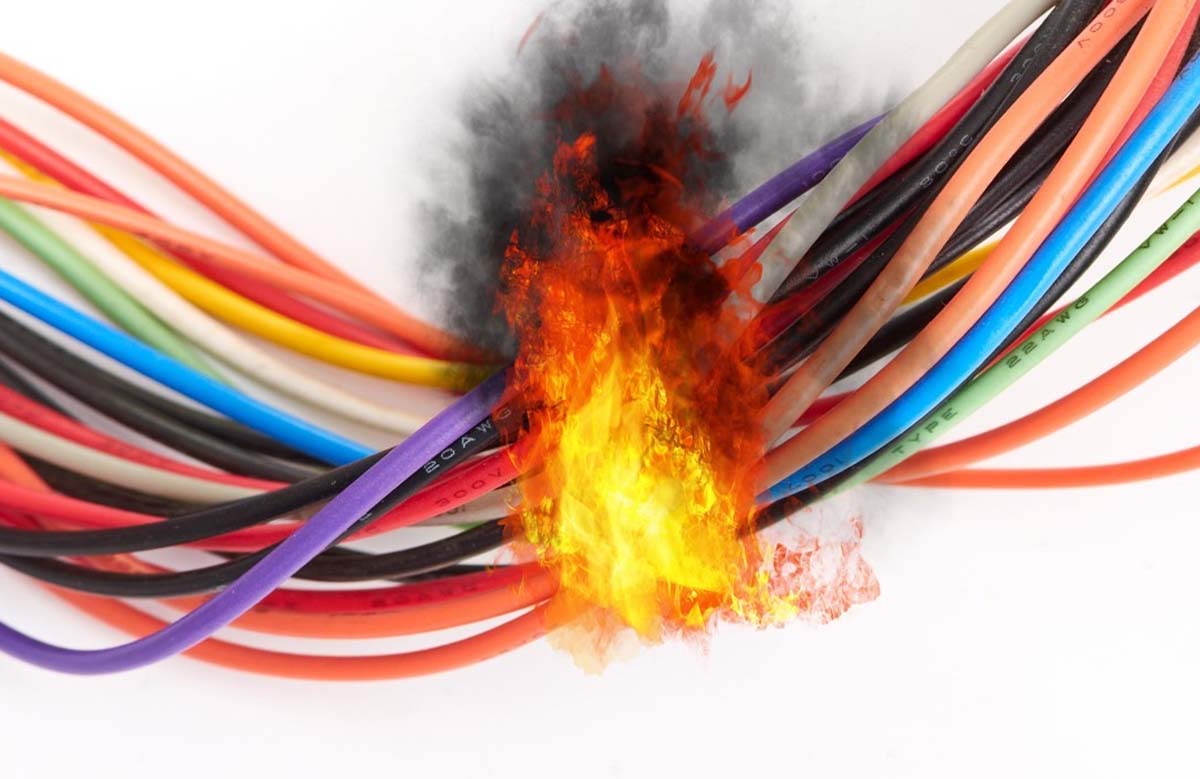LSZH Fiber Coating: Safety First in Fiber Optics

LSZH (Low Smoke Zero Halogen) fiber coating material is a crucial component in the manufacturing of fiber optic cables, particularly in environments where safety and environmental concerns are paramount. Here’s an overview of LSZH fiber coating materials:
Overview of LSZH Fiber Coating Material
Definition: LSZH materials are designed to emit minimal smoke and no halogen when exposed to high temperatures or fire. This makes them a safer alternative to traditional PVC (Polyvinyl Chloride) coatings, which can produce toxic and corrosive gases when burned.
Composition: LSZH coatings are typically made from various polymer compounds that do not contain halogen elements (such as chlorine, fluorine, or bromine). Instead, they often use materials like thermoplastic elastomers or other advanced polymers that provide flexibility and durability while meeting safety standards.
Safety Benefits:
- Reduced Smoke Emission: In the event of a fire, LSZH materials produce significantly less smoke, improving visibility and reducing the risk of smoke inhalation.
- No Toxic Fumes: Unlike halogenated materials, LSZH coatings do not release toxic fumes, making them safer for occupants in confined spaces, such as buildings, public transport systems, and aircraft.

Performance Characteristics:
- Fire Resistance: LSZH fiber coatings are designed to be flame retardant, slowing down the spread of fire.
- Mechanical Strength: The coatings provide mechanical protection to the underlying fibers, enhancing their durability and resistance to abrasion, chemicals, and environmental stressors.
- Flexibility: LSZH materials maintain flexibility over a wide range of temperatures, allowing for easier installation and handling.
Applications:
- Telecommunications: Used in indoor installations where safety regulations are stringent, such as in offices, data centers, and public buildings.
- Transportation: Commonly found in railways, airports, and vehicles where fire safety is critical.
- Industrial Settings: Suitable for environments that require strict compliance with safety standards to minimize risks.
Environmental Considerations: The use of LSZH materials contributes to sustainability efforts by reducing the environmental impact of fire incidents and ensuring safer indoor air quality.
LSZH fiber coating materials play a vital role in modern fiber optic cable design, prioritizing safety and performance in various applications. Their low smoke and zero halogen properties make them an excellent choice for environments where fire safety and health regulations are a top priority. As demand for safer and more sustainable materials continues to grow, LSZH coatings are becoming increasingly important in the telecommunications and fiber optics industry.